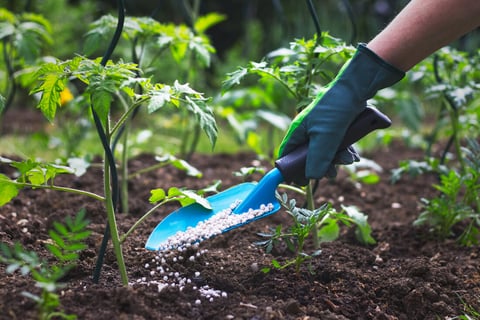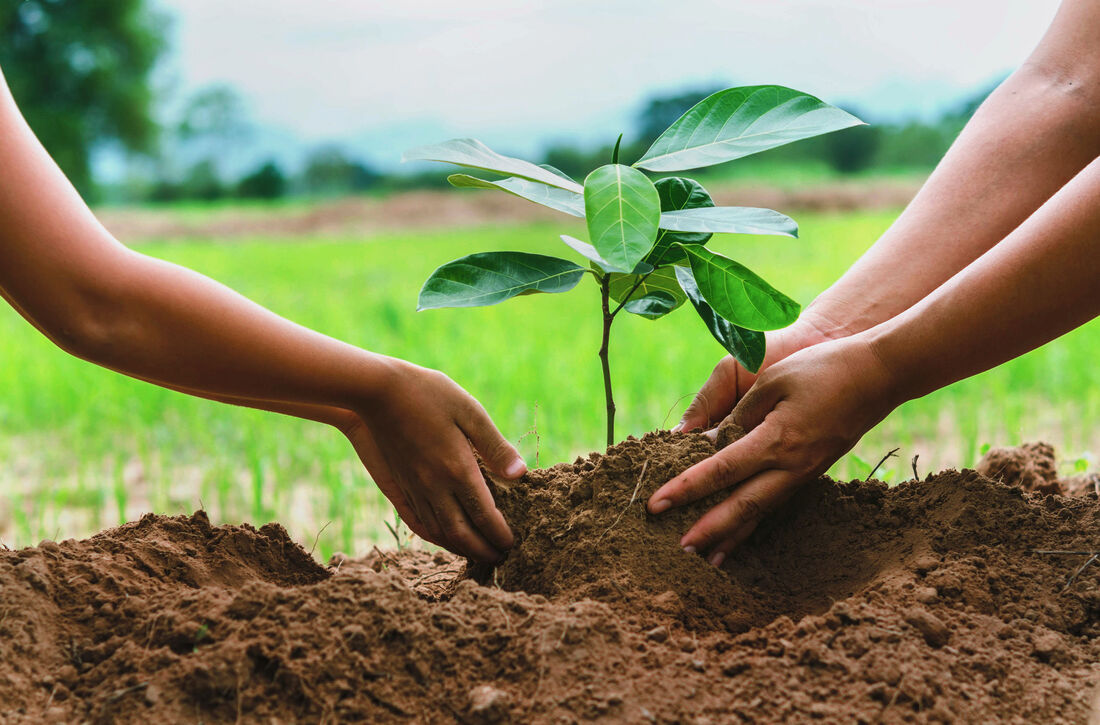Trees are an essential part of our environment. Without them, it would be impossible to sustain humans and other living creatures on earth. With climate change making extreme heat waves a regular phenomenon, scientists say humans can immensely benefit by planting more trees.
Trees are also beneficial as they capture rainfall to help keep storms from becoming floods. They are an integral part of supporting the livelihoods of millions of people around the globe. Here in this post, we’ll talk about how planting trees can promote a healthy ecosystem:
Improve air quality
Using a process called photosynthesis, trees absorb carbon dioxide and emit oxygen. According to a study, an acre of trees produces enough oxygen for 18 people to breathe for a year. However, the oxygen production per acre of tree cover will depend on tree density, diameter distribution, and tree health. Trees and shrubs also absorb harmful pollutants like sulfur dioxide and nitrogen dioxide. As per another study, 300 trees can tackle the amount of air pollution one person produces in a lifetime.
Reduce flooding and soil erosion
They play a crucial role in capturing the rainwater and reducing the risks of landslides and floods. Their complex root system acts like a filter which helps slow down the water’s absorption into the soil. In addition, the leaves of a tree intercept rainfall and lower the rate of its fall on the ground. Trees also help recharge the groundwater as they gradually release the stored water to natural channels. By using their leaves and bark, they absorb harmful pollutants like Sulfur Dioxide and Nitrogen Dioxide.
Promote biodiversity
Rainforests provide habitat to a wide range of plants and animals. As per an estimate, over 3 million animal species and over 2,500 tree species live in the Amazon rainforest, making it one of the most vibrant ecosystems on the planet. For example, a single bush in the Amazon may have more species of ants than the entire British Isles. Amazon biodiversity is crucial in maintaining the global carbon cycle and thus climate change. The sheer number of species in a rainforest allows animals and plants to live together peacefully.
Trees help to clean the soil
With a process called phytoremediation, woody plants help remove or degrade contaminants, including sewage, chemicals, pesticides, oil, and animal waste produced by farms. They store the contaminants in the roots, stems, or leaves and convert them to vapors. Communities use phytoremediation to slow the movement of contaminated groundwater. The good thing about phytoremediation is that it is cheap and environmentally sustainable.
Provide food and shelter to living organisms
A wide range of plants and trees provide food, shelter, shade, and reproductive space to birds, small mammals, insects, lichens, and pollinators. While owls, hawks, and other predators use snags as a lookout spot, woodpeckers use trees to drill out nesting spaces. Flying squirrels, owls, nuthatches, bluebirds, chickadees, and raccoons use holes inside the trees for shelter. After a tree becomes old and rotten, it gives space to salamanders, skinks, toads, moles, shrews, fungi, and insects.
About Seacoast Tree Care
If you are looking for certified arborists to take care of your tree removal needs, Seacoast Tree Care should be your one-stop destination. We offer a complete range of tree care and removal services in New Hampshire, Maine, and Massachusetts. We are experts in tree pruning, cabling, fertilizing, preservation, pest control, and root collar excavation.
Call us at 603-431-0101 or 978-225-6644, or email us at info@seacoasttreecare.com to know more.


